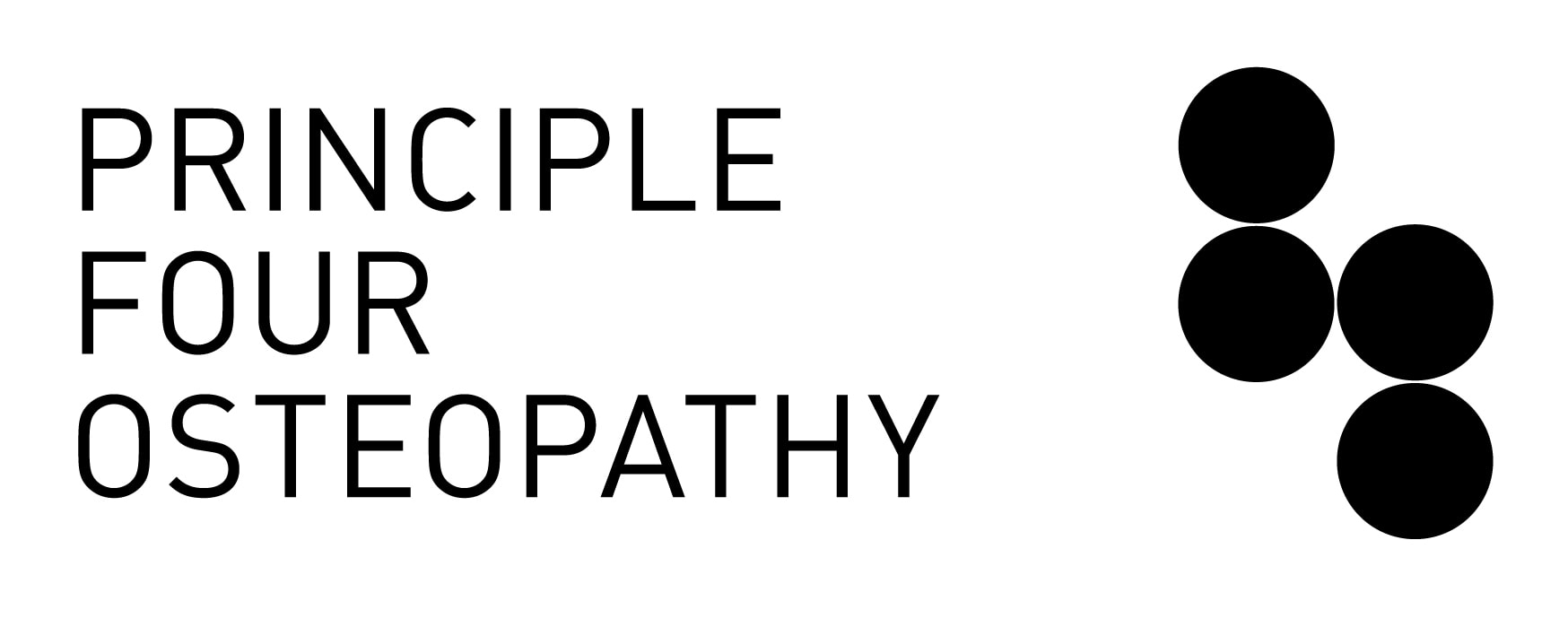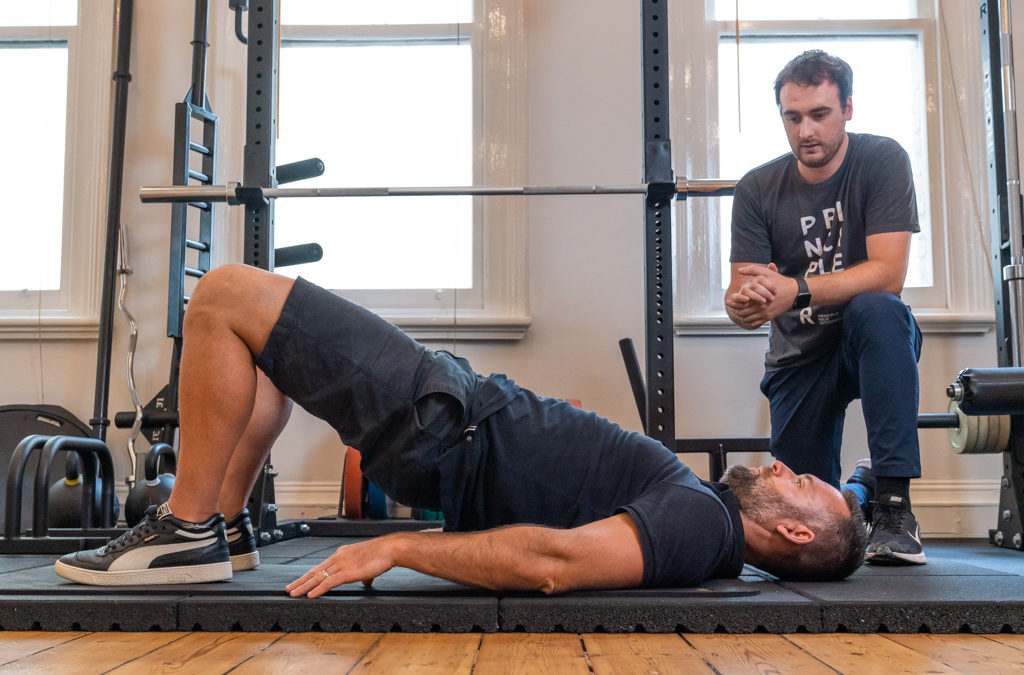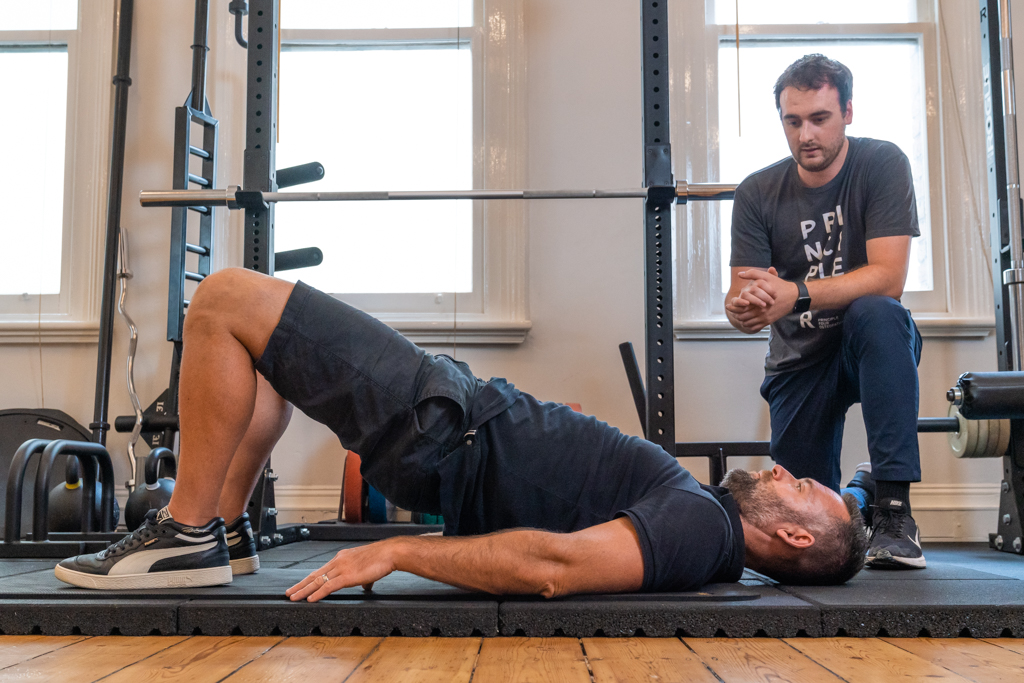Top 5 Exercises Prescribed by Our Melbourne CBD Osteopaths
Table of Contents
-
Introduction
-
Why Exercise Is Essential in Osteopathy
-
The Top 5 Exercises We Prescribe
3.1 Glute Bridges
3.2 Wall Angels
3.3 Dead Bugs
3.4 Split Squats
3.5 Thoracic Rotations -
When and How We Prescribe These
-
Our In-Clinic Gym Facility: Rehab to Performance
-
FAQs About Exercise and Osteopathy
-
Author
1. Introduction
At Principle Four Osteopathy, located in the heart of Melbourne’s CBD, exercise is more than an “add-on”—it’s a foundation of our approach to long-term recovery and injury prevention. We believe that hands-on treatment provides relief, but movement-based rehabilitation builds resilience.
In this blog, we highlight five of the most commonly prescribed exercises by our osteopaths and explain why they’re so effective for pain relief, posture correction, and physical performance.
2. Why Exercise Is Essential in Osteopathy
Osteopathy focuses on improving the body’s function by addressing the root causes of pain and dysfunction—not just the symptoms. While joint mobilisation and soft tissue work are powerful tools, exercise is essential for creating lasting change.
Prescribed movement:
-
Restores mobility
-
Improves strength and stability
-
Enhances postural awareness
-
Reduces recurrence of injury
-
Builds confidence and independence in your body
Our clients range from desk workers with tight hips and rounded shoulders to athletes recovering from tendon injuries. Regardless of the person, exercise is tailored and progressive.
3. The Top 5 Exercises We Prescribe
Here are five foundational exercises our osteopaths frequently prescribe—and why:
3.1 Glute Bridges
Purpose: Activate the posterior chain and offload lower back stress.
Why we use it: Weak glutes contribute to lower back pain, hip instability, and poor posture. This simple movement targets glute max activation and pelvic stability.
How to perform:
-
Lie on your back with knees bent, feet hip-width apart
-
Press through your heels to lift your hips
-
Hold for 3–5 seconds at the top
-
Perform 2–3 sets of 10–15 reps
3.2 Wall Angels
Purpose: Improve shoulder mobility and thoracic extension.
Why we use it: Office workers and drivers often develop forward head posture and shoulder tightness. Wall angels help correct upper body alignment and activate the postural muscles.
How to perform:
-
Stand with your back, arms, and head flat against a wall
-
Slide your arms up and down in a “snow angel” motion
-
Avoid shrugging shoulders or arching the back
-
Perform 2–3 sets of 8–12 reps
3.3 Dead Bugs
Purpose: Strengthen the deep core stabilisers.
Why we use it: A strong core supports spinal health and helps control movement during daily tasks and sport. Dead bugs reinforce coordination between limbs and trunk.
How to perform:
-
Lie on your back, knees bent at 90°, arms reaching to the ceiling
-
Lower opposite arm and leg toward the floor without arching the back
-
Return to start and alternate sides
-
Perform 2–3 sets of 8–10 reps per side
3.4 Split Squats
Purpose: Build lower limb strength and single-leg stability.
Why we use it: Great for hip, knee, and ankle control—particularly important in rehab after injury. Split squats also challenge balance and are scalable.
How to perform:
-
Stand in a split stance with feet hip-width apart
-
Lower the back knee toward the ground without shifting the front knee past toes
-
Push through the front heel to rise
-
Perform 2–3 sets of 8–12 reps per side
3.5 Thoracic Rotations
Purpose: Improve spinal mobility and trunk control.
Why we use it: Limited thoracic mobility contributes to neck and lower back issues. These rotations help restore movement in the mid-spine and reduce compensations.
How to perform:
-
Kneel on all fours or lie on your side
-
Rotate your upper body while keeping the lower body stable
-
Focus on controlled, smooth movement
-
Perform 2–3 sets of 10–15 reps each direction
4. When and How We Prescribe These
These exercises are not “one-size-fits-all.” At Principle Four, we assess your:
-
Range of motion
-
Strength deficits
-
Movement control
-
Activity demands
-
Injury history
Then we tailor a prescription based on what you need to address right now—whether that’s pain relief, postural correction, or return-to-sport planning.
Progression is also key. For example, a glute bridge may evolve into a single-leg bridge or hip thrust. We review and progress exercises over time.
5. Our In-Clinic Gym Facility: Rehab to Performance
Unlike many clinics, Principle Four Osteopathy offers access to a fully equipped strength and conditioning facility. This allows us to:
-
Teach technique with real-time coaching
-
Safely load and progress exercises
-
Transition clients from rehab to athletic performance
Whether you’re recovering from injury, training for a marathon, or simply trying to stay mobile at your desk job, we have the space and expertise to support your goals.
Our gym setup includes:
-
Squat racks
-
Free weights
-
Cable machines
-
Resistance bands
-
Stability equipment
We also offer custom rehab plans through online platforms for at-home guidance.
6. FAQs About Exercise and Osteopathy
Q1: Can I do these exercises at home?
Absolutely. Many of our foundational exercises are designed to be done with minimal equipment. We provide you with clear instructions and videos when needed.
Q2: How often should I do them?
Most clients begin with 2–3 sessions per week, progressing based on their condition, recovery, and goals. Your osteopath will guide you through this.
Q3: Are these exercises safe for everyone?
Yes—when prescribed appropriately. We always consider your injury, pain levels, and movement capacity. Modifications are provided when needed.
Q4: How long before I see results?
It varies. Some people notice improvement in 1–2 weeks, especially in posture and function. For strength and injury resolution, allow 4–6 weeks minimum.
7. Author
Heath Williams
Osteopath, Movement Educator, Strength & Conditioning Coach
Heath believes that movement is medicine. With over 15 years in the field, he uses a blend of manual therapy, tailored rehab, and performance-based training to help people move better and live pain-free.


